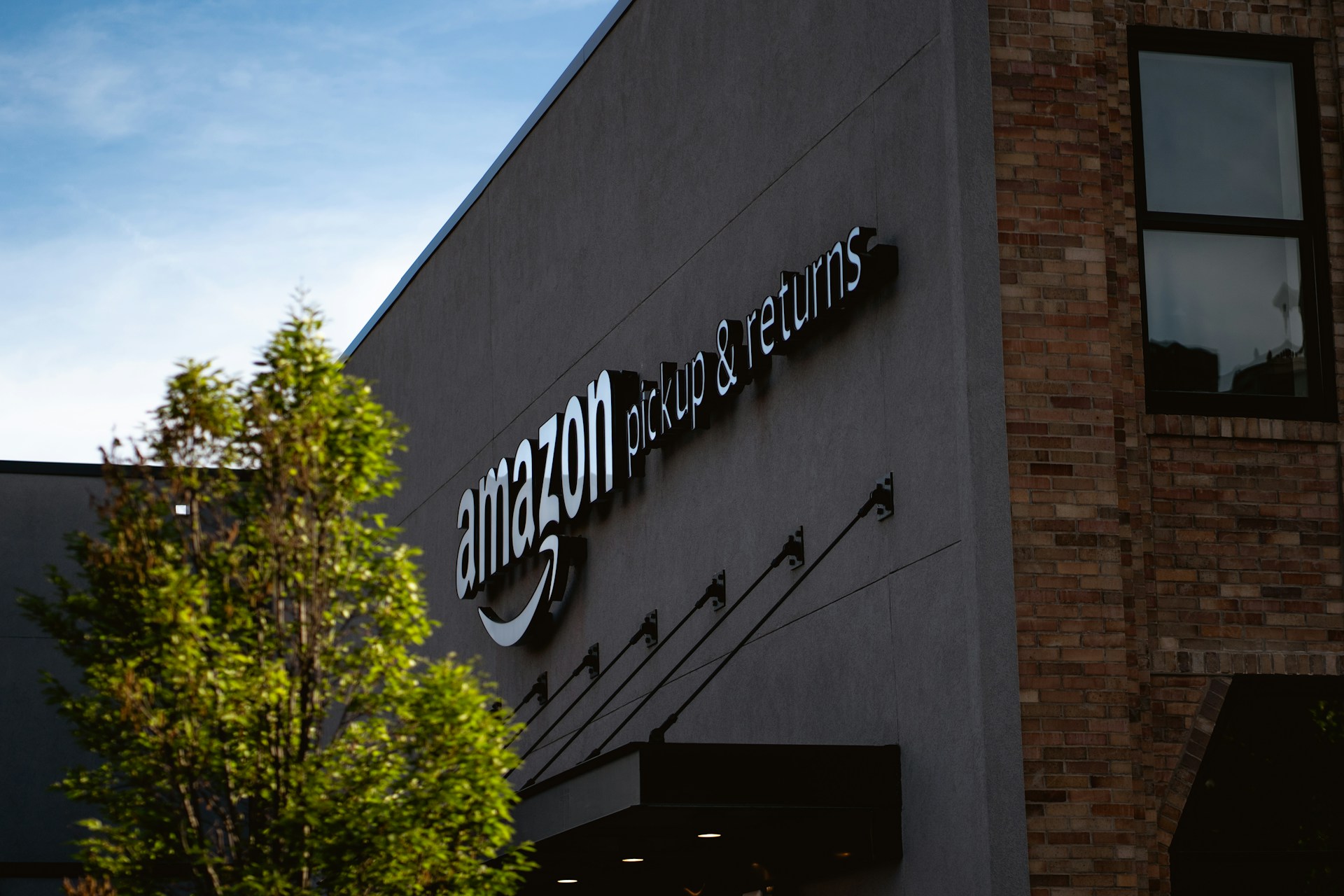Big tech companies are major energy consumers, facing the significant challenge of reducing their carbon footprint. Amazon has set an ambitious plan in this regard between 2030 and 2040. The announcement by nuclear energy firm, Talen Energy, about selling a data center adjacent to its power plant to Jeff Bezos’ firm fits into this plan. However, it has raised some questions, according to Matthew Zeitlin in Yahoo Finance.
Amazon is a massive purchaser of renewable energy (claiming to be the world’s largest and stating it’s responsible for 28 gigawatts of clean energy capacity) and signs contracts with new wind and solar projects worldwide.
Yet, there’s a split among tech giants regarding energy, with Amazon on one side and Alphabet-A and Microsoft on the other. The difference hinges on how much it matters where and how much new carbon-free energy a company buys to match its electricity use.
The peculiar aspect of the deal with Talen is that it awkwardly fits into either approach, especially Amazon’s. The company does not count nuclear energy among its renewable energy goals, and in any case, it’s not a “new” source of carbon-free energy. Instead, it allows Amazon to divert between 480 and 960 megawatts of capacity from the 2,500-megawatt plant.
“Amazon needs energy and gets it at cheap prices. They don’t even want to talk about it as if it’s a climate issue,” said Mark Nelson, founder of Radiant Energy Group.
Over the past decade, tech companies have rushed to buy clean energy, funding new wind and solar projects worldwide. But there was a divergence in what is believed to be the best way to tackle it.
In 2019, Amazon announced the goal to add enough renewable energy to the grid to match its own emissions by 2030 (since moved to 2025) and reach net zero by 2040.
Google has been 100% renewable in terms of buying clean energy in the same amounts it consumes since 2017. Thus, in 2020, it set a new goal: “to operate on carbon-free energy 24/7 across all our operations by 2030.” This would mean not only matching total renewable energy purchases with total emissions, as Amazon tries, but also ensuring every data center operation hour “matches” with an hour of renewable generation on the same grid.
Microsoft has a similar goal, and as a result, both companies have lately shown much more interest in nuclear energy than is typical in the tech world.
“A big barrier to the growth of Amazon, Google, Microsoft, and Facebook is access to steady electricity,” Nelson told me. Nuclear energy is a carbon-free electrical resource that can operate at a steady output 24/7, while wind and solar energy are inherently variable.
Microsoft signed a deal with Constellation to supply power to data centers in Virginia and hired an official from the Tennessee Valley Authority as its director of nuclear and energy innovations, while Microsoft’s founder, Bill Gates, and Sam Altman, director of Microsoft-backed OpenAI, have both invested in new nuclear ventures, as has Google.
Amazon’s approach, shared with several other big companies, including Meta (Facebook), is not to match the 24 hours of its operations with locally bought clean energy, but rather to develop and purchase new wind and solar energy at the same scale as the energy it consumes. Especially in areas with dirty grids, thus equating the emissions of its consumption with the emission reductions of new renewable projects. While a 24/7 mix approach might naturally complement nuclear energy, Amazon’s strategy doesn’t require it.
“We believe focusing on emissions is the fastest, most cost-effective, and scalable way to leverage corporate clean energy procurement to help decarbonize global electric grids at the fastest pace,” an Amazon spokesperson said. “This includes purchasing renewable energy in locations and countries that still rely heavily on fossil fuels to power their grids, and where energy projects can have the biggest impact on carbon reduction.”



